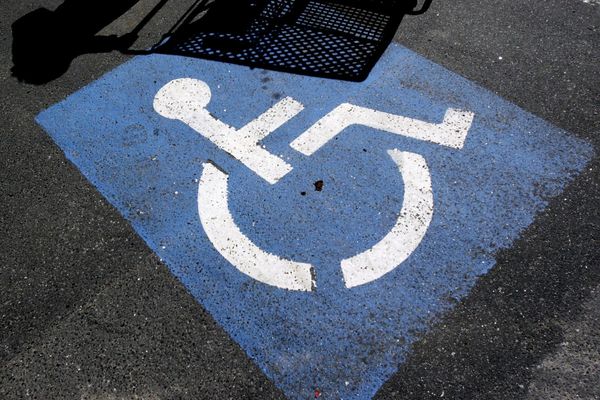
The first thing to consider when you want to expand your houseplant collection is which plants will grow well in the conditions of your home. This includes everything from light to temperature, and even humidity levels.
Some tropical indoor plants thrive in higher humidity, reflective of their native environments. Often the most popular indoor plants come under this category, making it easy to fill humid spots in your home, like bathrooms. However, finding plants that will do well in less humid home environments can take a little more searching.
One way to be a better plant parent, though, is by choosing the right plant for the right place - meaning, you can still have a thriving indoor garden even with drier air by opting for houseplants for low humidity. Here, I've compiled some of the best plants that thrive in lower humidity environments, as recommended by plant experts.
5 plants for low humidity rooms
One of the most common indoor plant mistakes is forcing a plant to grow in an environment that doesn't suit it. This only ends in one way: the fatality of a struggling houseplant. The good news, however, is there is a houseplant for nearly every challenging growing environment - including lower humidity levels. Here are five to get you started:
1. Pothos
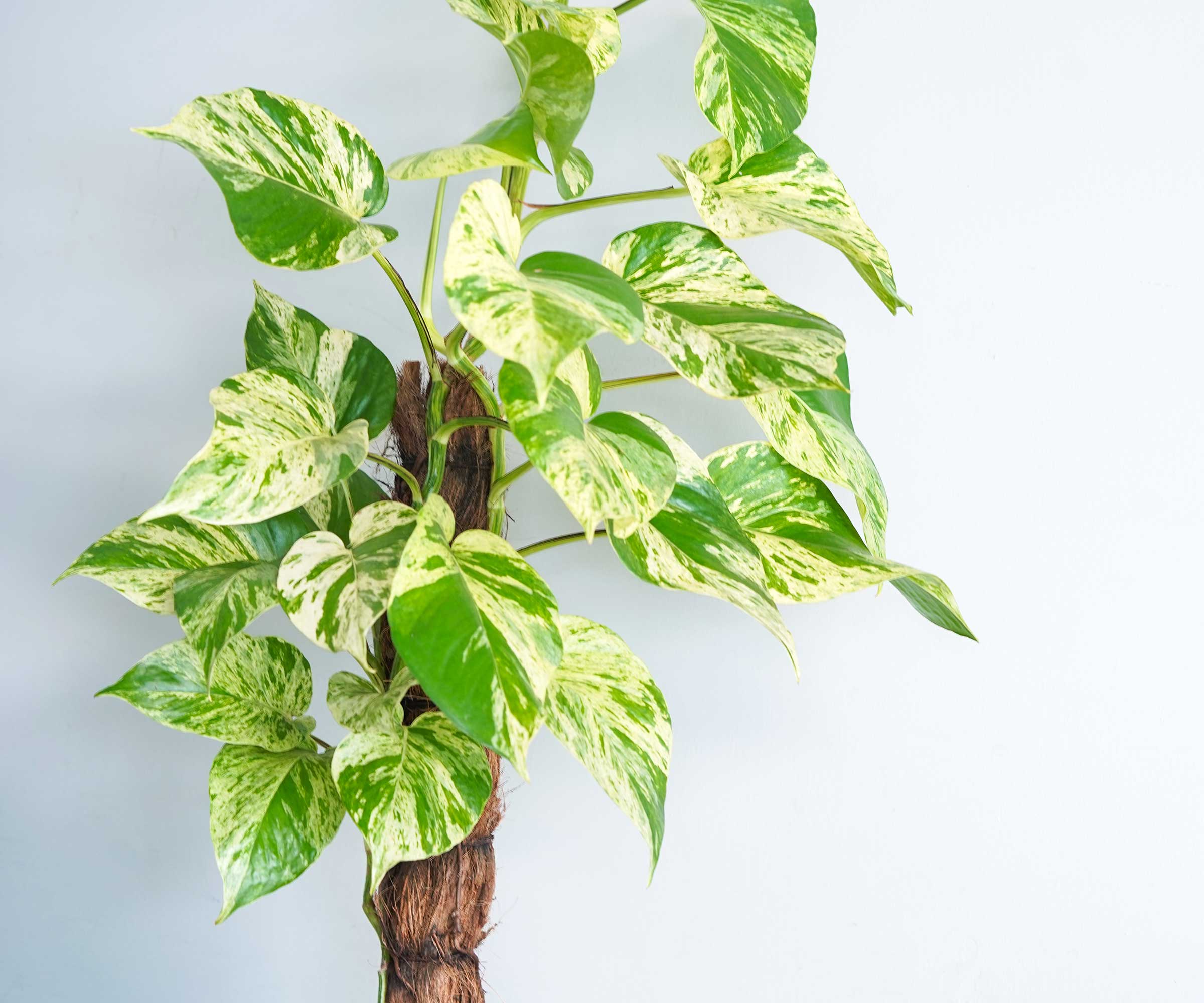
With so many pothos varieties to choose from, it's no wonder these beautiful variegated, indoor hanging plants are so popular. But it isn't just their appearance that makes them great houseplants, they also adapt well to lower humidity levels.
Although they are native to tropical and sub-tropical regions of Asia and prefer humidity levels between 40-60%, pothos plants are quite hardy and will tolerate lower levels, too. Of course, the type of pothos also determines this - Marble Queen Pothos and Pothos N'Joy are two of the more tolerant to low humidity levels.
'They also grow in low-to-moderate light,' notes horticulturalist Gail Pabst of the National Garden Bureau. 'Grow pothos in average room temperatures and you should be sure to allow the soil to dry moderately before watering,' she advises.
Something to note: too little humidity could turn your pothos yellow. That's why it's important to always research the specific requirements of the type of pothos you're growing.
2. Chinese evergreen
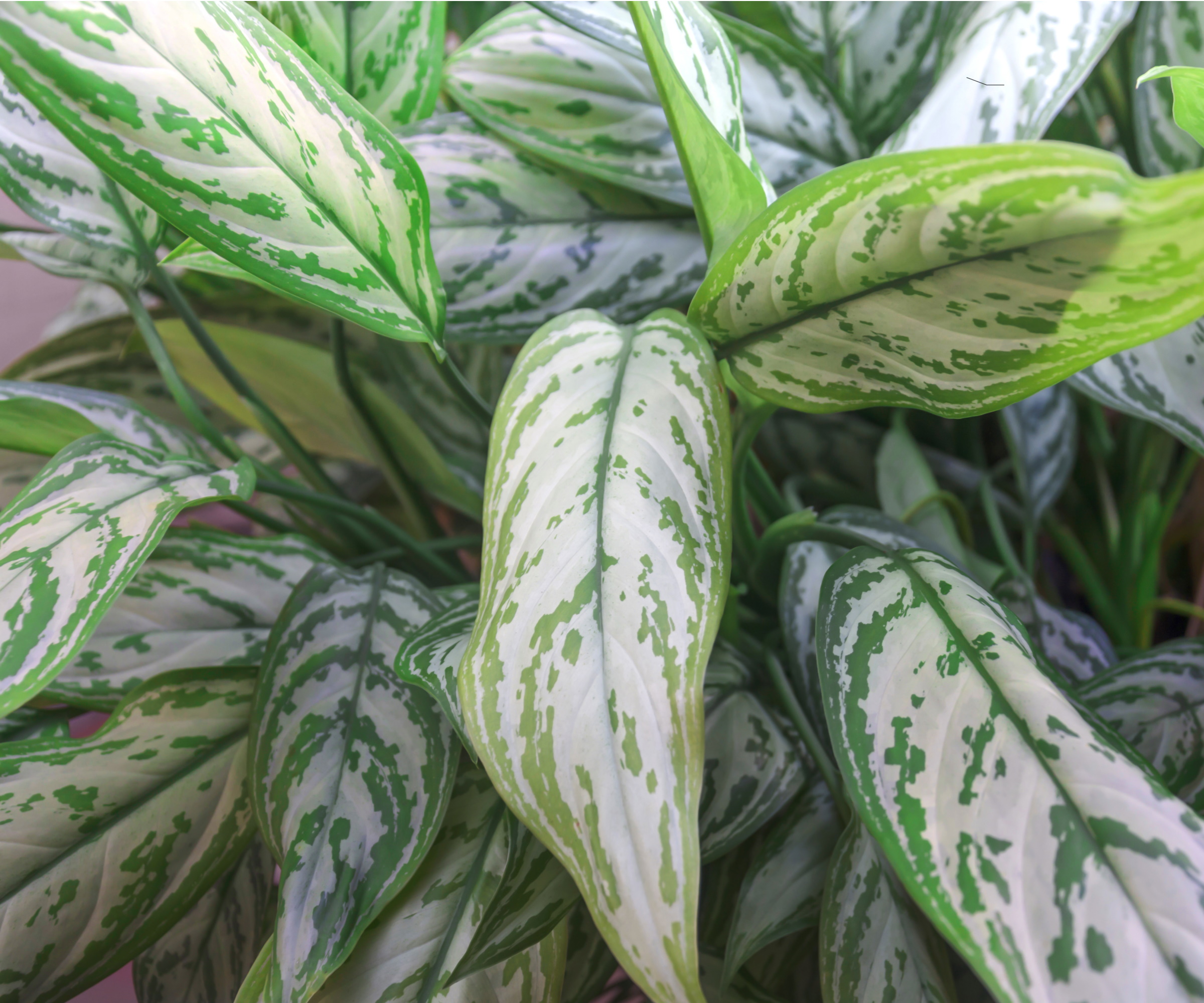
Not only are Chinese evergreens, or aglaonemas, low-maintenance indoor plants and indoor low light plants, they can also grow well as houseplants for low humidity.
In their native environment, Chinese evergreens grow low to the ground in Asian rainforests. While these are typically humid environments (and Chinese evergreens prefer humidity levels around 60-70%), they adapt well and continue to thrive in lower humidity.
Chinese evergreen varieties are loved for their bright, colorful foliage. While higher humidity isn't required to maintain this, other factors are important: 'To ensure that this plant retains its vibrant foliage, grow in medium light. Avoid too much bright light, which can cause leaf scorch,' advises Julie Bawden-Davis, indoor plant expert at Healthy Houseplants.
Watch out for humidity levels dropping too low, however, as this could cause your Chinese evergreen to turn yellow or have droopy leaves. You can always use this humidifier from Amazon to boost humidity levels if needed.
3. Succulents
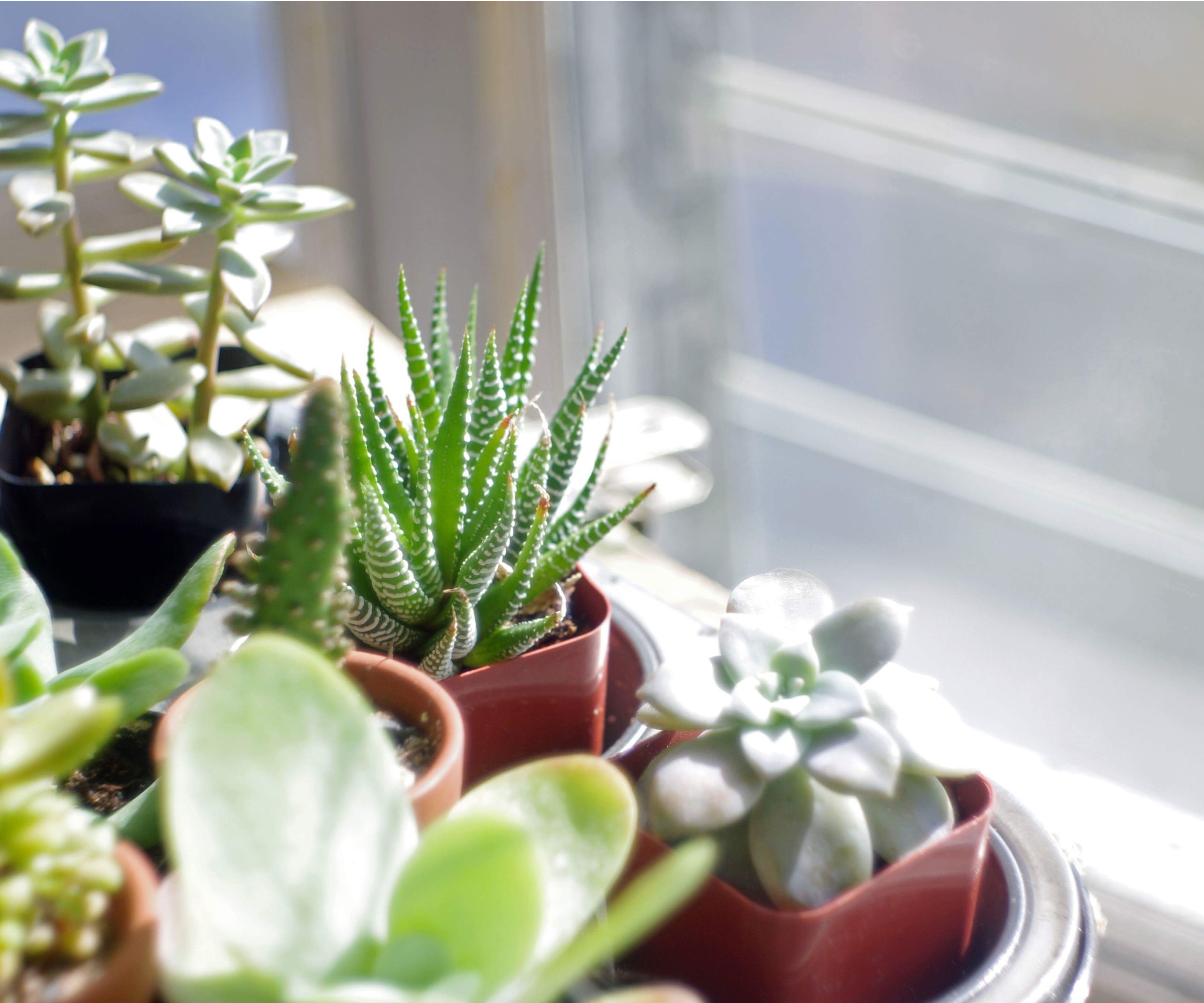
A common misconception about succulents it that they love humidity. In actual fact, it's the opposite. After all, they do naturally grow in desert environments with dry air.
Too much humidity can cause succulents to turn yellow and feel mushy - the same result as incorrectly watering succulents:
'It is vital that you don’t provide succulents with too much moisture when growing them indoors. Doing so will quickly lead to houseplant root rot,' explains Julie. 'When in doubt about watering, wait another day or two,' she advises.
You can also use this soil moisture meter from Amazon to identify when your succulent soil has dried completely and is ready to water again.
The optimal humidity level for succulents varies from plant to plant, so it's always best to research the growing requirements of the one you wish to have in your home.
4. ZZ plant
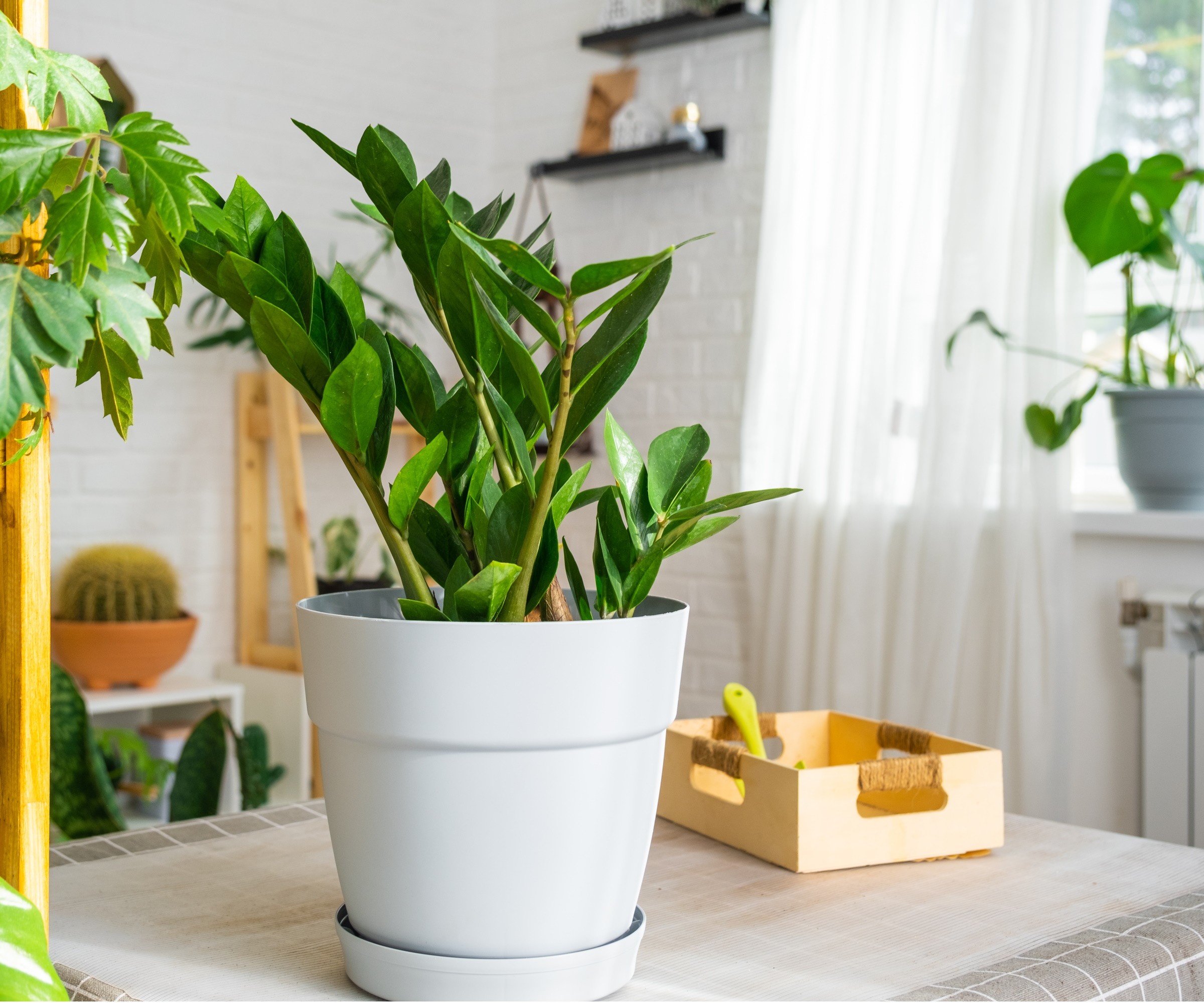
ZZ plants are actually a type of succulent, and much like popular echeveria and aeonium succulents, they are also native to drier environments.
You'll find ZZ plants naturally growing in dry grasslands and forests of eastern Africa. Their optimal humidity level is between 40-60%, but they will tolerate lower - making them ideal as houseplants for low humidity rooms at home.
'This plant does extremely well in low light, dry conditions, and low humidity making them almost indestructible,' says Gail.
When caring for a ZZ plant, it's key to get watering right, as this is often what goes wrong for houseplant collectors. Just like in their dry, native environment, ZZ houseplants also need to grow in drier soil: 'Water when the top one or two inches of soil has dried out,' recommends Julie.
Overwatering and to much humidity will quickly turn your ZZ plant yellow.
5. Ponytail palm
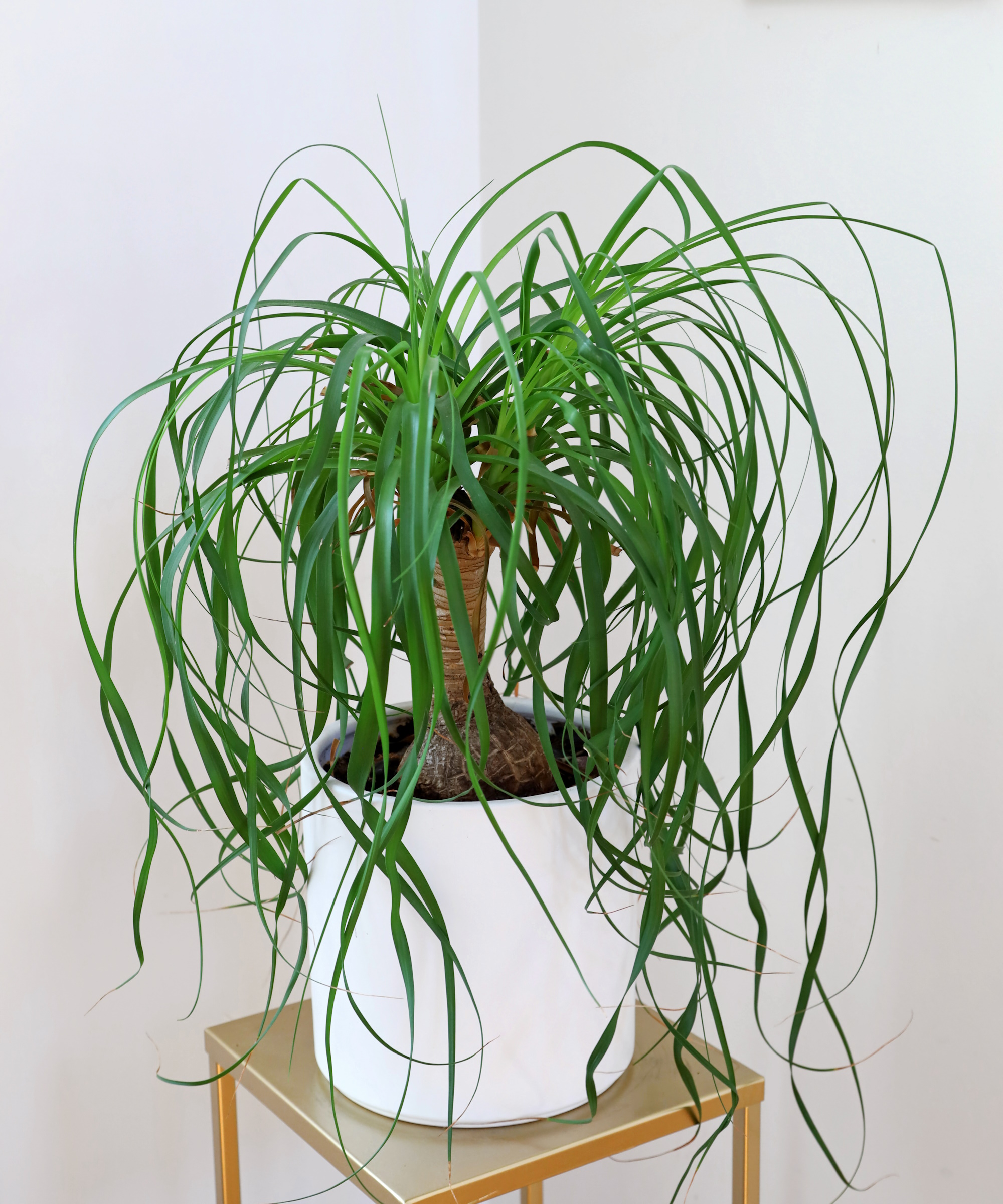
If you're looking for a low humidity indoor tree, then there is no better choice than ponytail palm.
The luscious fountain of foliage of a ponytail palm doesn't require high humidity to maintain its appearance. In fact, these plants only need around 50% humidity, and can even adapt to as low as 30%.
This is explained by their native semi-desert environment in south-eastern Mexico, Belize, and Guatemala. Just like desert succulents, too much moisture can hinder the health and appearance of ponytail palm.
'This plant does not like to be overwatered. The bulbous base stores water so this plant tolerates dry conditions well,' Gail explains.
Along with a moisture meter, you can use this humidity meter from Amazon to keep an eye on moisture levels for your ponytail palm. If you find the room it is growing in is too humid, try moving it to a drier spot of your home.
You should, however, take care to provide your ponytail palm with sufficient bright light. Too little light may lead to drooping leaves and even stunted growth.
FAQs
Can you use a dehumidifier for plants?
While it's true you can use a dehumidifier to reduce humidity levels for the houseplants that do best with low humidity, it isn't always recommended. This is because dehumidifiers may significantly dry out the air and actually cause harm to your indoor plants. This is especially true if you're growing a mixture of humidity-loving plants and houseplants for low humidity in your home. An alternative way to reduce humidity for the plants is by increasing ventilation - for example, by opening windows regularly.
Other ways to support houseplants for low humidity include keeping your home well-ventilated, growing plants in well-draining soil, and providing space between them so they don't create a warm, microclimate among themselves.
On the other hand, if you find your plants are struggling with too little humidity, there are also plenty of ways to increase humidity for indoor plants. This includes using a pebble tray for plants, grouping plants together, and regularly misting plants.
